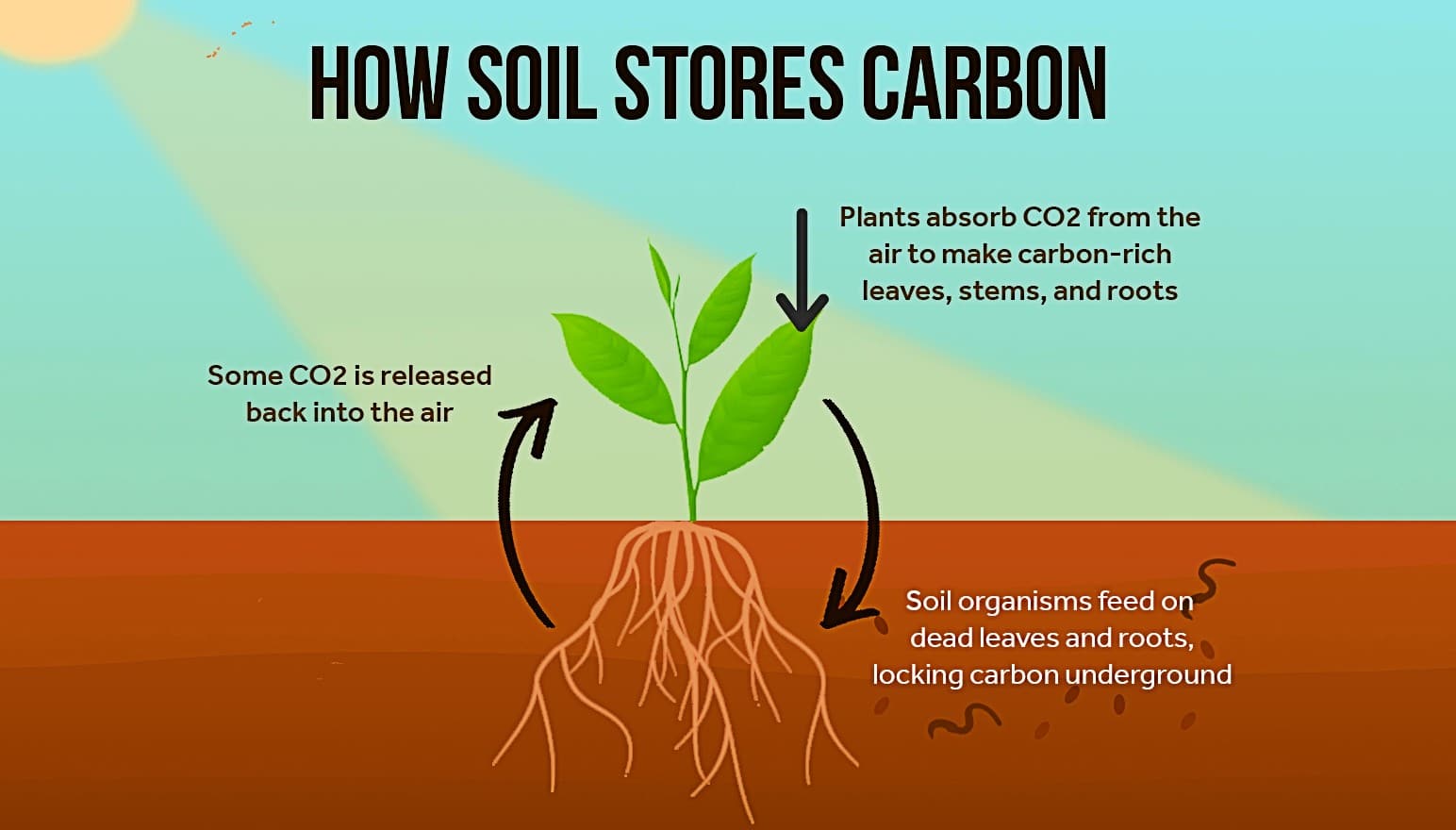Carbon farming startup Loam Bio has closed a US$73 million Series B round co-led by Lowercarbon Capital and Wollemi Capital to improve the ability of soil to capture carbon.
Loam Bio specializes in boosting soil’s ability to store carbon through microbiology. It has also launched its CarbonBuilder seed inoculum and SecondCrop carbon tools in Australia.
The $73M Investment in Loam
Apart from Lowercarbon Capital and Wollemi Capital, other key investors who participated in the funding round include:
- Horizons Ventures,
- Acre Venture Partners,
- Main Sequence,
- the Clean Energy Finance Corporation, and
- Grok Ventures
Loam will use the $73 million funding to expand its seed coating tech that supercharges plants’ ability to capture and store carbon in the soil. Tegan Nock, the company’s co-founder noted that:
“We’re really focused on delivering value for broad acre cropping systems right now, including wheat, barley and canola for the Australian market, and soy and corn for the US market.”
The fund will also support the delivery of new products that will go through years of testing for main crops in regions the company operates.
Better Soil Carbon Capture
About 10% of the earth’s surface is cropland. Though capturing carbon through the soil won’t be enough to remove what’s already in the air, the fact remains that it helps reduce carbon emissions.
But farmers have to draw down carbon and store it underground. And this is no easy task for many farmers, especially in cropping systems.
Loam co-founder Guy Hudson said that the annual cropping cycle can be intensive on soils. That’s because much of the carbon and nutrients are drawn from the soil to grow the crops for every season.
Regenerative farming practices such as cover cropping and no-till are good at sequestering carbon. However, applying them at scale may disrupt existing operations of the farmers.
This is where Loam Bio’s microbial technology comes in to help farmers adopt those carbon farming practices. According to Hudson:
“By applying Loam seed treatment, farmers can accelerate a path towards healthier, more productive soils by driving more rapid increases in soil carbon, which benefits resilience and productivity.”
The startup seeks to improve the quality and quantity of soil carbon capture through its microbial technology.
Loam’s CarbonBuilder: How it Works
Loam harnesses the power of microbiology to help tackle climate change while creating value for agriculture.
The carbon farming firm coats seeds with its CarbonBuilder fungal before sowing them. The coating “supercharges” plants’ ability to store carbon in the soil.
Nock said that what makes CarbonBuilder unique is the type of carbon that is sequestered through the biological process. She added that it’s the more stable form of carbon, meaning “there’s lower risk for farmers integrating carbon farming practices.”
She also said that this method increases fertility and productivity in the soil.
Under normal conditions, plants will draw down CO2 and trap it in the soil in the form of biomass. Among the various types of carbon, recalcitrant carbon doesn’t break down easily. Instead, it stays in the soil for a long time, up to a millennium. CarbonBuilder targets this hard-to-decompose carbon.
-
Seeds coated with CarbonBuilder’s microbial fungi increase carbon sequestered in the soil.
As the seed germinates, microbes bind the CO2 with macroaggregates in the soil. In other words, the fungi convert the carbon into a much stabler form it can keep in the ground for a long time.
As mentioned in the video, there are 1.8 billion hectares of farmland globally. And there are about one million plants per hectare in a wheat crop. If those figures are multiplied and their sequestration is optimized through CarbonBuilder, the results would be massive.
But that’s yet too far from what Loam manages to achieve right now. The carbon farming firm has sown 6,000 trial plots across 29 areas in 2 countries.
In one example of CarbonBuilder’s application in barley, farmers managed to increase carbon units stored per hectare: from 0 – 2 to 3 – 6.
Another company is improving trees’ ability to capture carbon and store it in their biomass. They refer to them as “GMO super trees“.
SecondCrop: Helping farmers join the carbon market
Alongside CarbonBuilder, Loam is also launching SecondCrop carbon project options. The goal is to boost the economic viability and transparency of the company’s carbon farming approach.
Loam will assist farmers in many activities through SecondCrop, including:
- Registration and administration
- Land management strategies
- Measurement and verification
SecondCrop removes the upfront costs that carbon markets usually require. Loam also works directly with farmers to measure soil carbon and register with the carbon scheme. The company stated:
“By removing the risks of upfront costs, not [being able to build] soil carbon, and access to skilled support to manage the project, farmers are able to integrate carbon building into their existing farming system. Loam’s SecondCrop carbon project options are designed to remove these barriers for farmers and encourage increased participation in carbon farming.”
In carbon farming, carbon can be thought of as a crop similar to the other crops farmers produce. These agricultural practices give farmers the potential to turn their farms’ carbon sequestration into cash with carbon credits. Each ton of CO2 sequestered is awarded with one carbon credit.
This year, Loam will expand its technology testing in new geographies like Canada and Brazil. They will focus on the major crops grown specifically in those places.
Right now, Loam works with a limited number of Australian farmers to boost soil carbon capture. The carbon farming startup plans to reach the commercialization stage in the U.S. in 2024.


